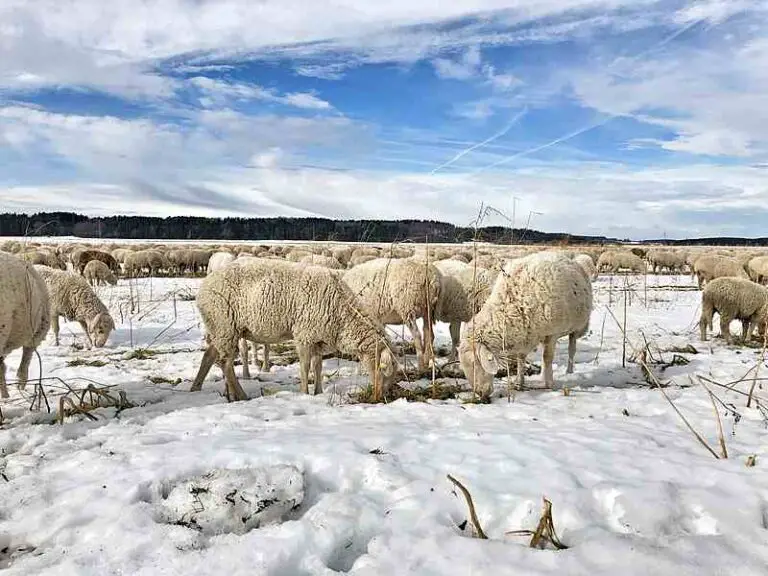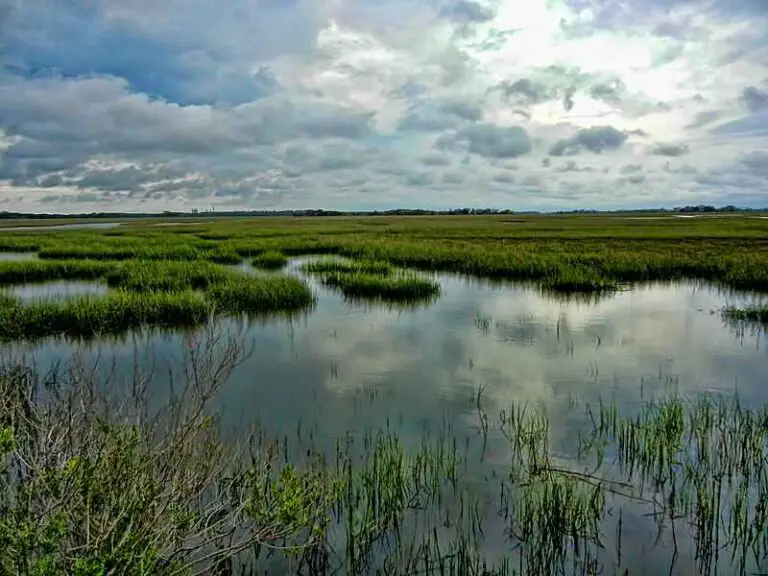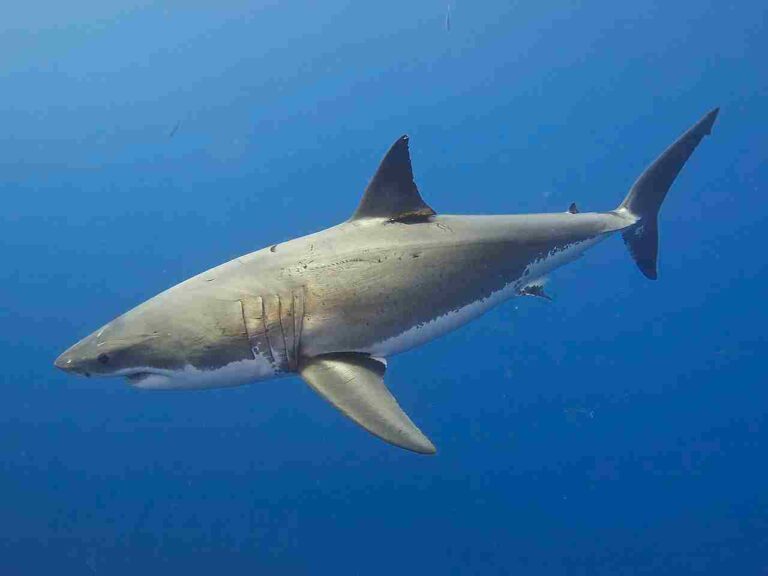5 Techniques of Water Conservation Explained
Techniques of water conservation are; pollution prevention, consumption-mitigation, integrated regional management, flow-control, and extensive storage.
This article discusses the techniques of water conservation, and lists some practices linked to these techniques, as follows;
1). Pollution Prevention (as one of the Techniques of Water Conservation)
Pollution prevention is one of the most obvious techniques of water conservation, and this is because pollution is a prominent cause of water-resource depletion.
Water pollution can be prevented by taking steps to reduce the occurrence and effect of processes or materials that can pollute water resources.
Some ways to prevent water pollution are; by reducing agricultural chemical use, through proper waste isolation, sludge treatment, delineation of water reserves, sustainable domestic practices, and reliable offshore energy management.
The above can also be described as practices of water conservation that aim to mitigate pollution of existing reserves.
Practices like reducing agricultural chemical usage point to the importance of sustainable agriculture for water conservation, while practices like offshore energy management indicate the role of oil spillage in the depletion of water resources and the degradation of their quality.
Pollution prevention can also be achieved indirectly through other techniques of water conservation like flow-control.

Techniques of Water Conservation: A Water Pollution-Control Plant (Credit: Postdlf 2007 .CC BY-SA 3.0.)
2). Consumption-Minimization
Consumption-minimization is yet another essential technique of water conservation, which can often be used to describe the conservation concept itself.
It is necessary to reduce water consumption because sustainable use of resources is required in order to mitigate the risk of depletion [4].
The importance of minimizing water consumption is most obvious in areas where hydrological resources are scarce, as a result of drought, salinization, pollution or desertification, among others.
Strategies of water conservation by reduced consumption cut across domestic and industrial contexts, and are concerned with reducing consumption in each of these fields, at the individual, corporate or community levels.
An individual can reduce water consumption by using water-efficient systems like sinks, faucets and toilets, as well as through conscious effort to avoid wastage during activities like sanitation and cooking.
A community can reduce water consumption by enforcing rules to control how water resources are allocated, as well as by installing reliable and efficient water management infrastructure.
As earlier mentioned, reduction of consumption can be viewed as the primary aspect of water conservation. It is closely linked to other conservation techniques like extensive storage, flow control and integrated management.
The benefits of reducing the rate at which water resources are consumed, can be evaluated from various perspectives including the optimization of energy resources by energy conservation and improved energy efficiency.
3). Integrated Regional Management (as one of the Techniques of Water Conservation)
Integrated regional water management (IRWM) is a strategy whereby various stakeholders at the community level, combine efforts and resources to develop and implement strategies for the conservation and sustainable use of water within a given region.
It can be viewed as a collaborative combination of water conservation and management, in a bid to protect water resources and achieve benefits at the community or municipal level.
The role of the government in water conservation and management is one of policy development and enforcement. These policies are usually based on the collective capacity and input of all parties involved, which includes other stakeholders, and the general public.
Policies in integrated regional water management are usually aligned with the goals of sustainable development, which generally involve ensuring that resources are sufficiently available to future generations [2].
Integrated regional management of water resources is a highly effective technique of water conservation when it is properly implemented, and can be used to target regional problems like food insecurity [1].
4). Flow-Control
Water flow control or regulation is any method, technique or device whose primary function is to control the rate and/or direction of flow of water.
The purpose of flow control is to improve the efficiency or productivity of hydrological systems by altering water flow to suit specific requirements.
Two type of flow control are directional flow control and volumetric flow control; where the former is aimed at regulating the directional trend of water flow, and the latter aims to control the amount of water that flows within a given period of time.
Methods of controlling flow of water include fluid diversion, conduit sealing and opening, reservoir accumulation, variable speed control, and venting.
Flow control can occur at different scales (large, small), and may be achieved using different facilities that include water dams and portable flow regulators.
For large infrastructures like water dams, flow control serves more than one purpose. Aside conserving water, it also helps in mitigating hydrological hazards like flooding; as well as in electricity generation from hydro energy.
5). Extensive Storage (as one of the Techniques of Water Conservation)
The act of storing water in order to conserve resources, is an effective way to prevent over-abstraction and depletion.
Methods of water storage include tank storage, reservoir storage, underground and above-ground storage.
Storage of water can also be viewed as a means of conserving renewable energy, which is stored in potential form in the water [3]. This concept is further explained in the fields of hydro, tidal and wave energy development.

Techniques of Water Conservation: Storage (Credit: Roy Luck 2009 .CC BY 2.0.)
Conclusion
Techniques of water conservation are;
1. Pollution Prevention
2. Consumption Minimization
3. Integrated Regional Management
4. Flow Control
5. Extensive Storage
References
1). Asdak, C. (2016). "Integrated Water Resources Conservation Management for A Sustainable Food Security." Available at: https://knepublishing.com/index.php/KnE-Life/article/view/1043/2766. (Accessed 24 February 2023).
2). Cabrera, E.; Cobacho, R.; Lund, J. R. (2002). "Regional water system management: Water conservation, water supply and system integration." CRC Press. Available at: https://www.taylorfrancis.com/books/edit/10.1201/9781439833834/regional-water-system-management-enrique-cabrera-jay-lund-cobacho. (Accessed 24 February 2023).
3). Elistratov, V.V. (1996). "Water conservation storage of the energy of renewable sources." Hydrotechnical Construction 30, 617–622 (1996). Available at: https://doi.org/10.1007/BF02442975. (Accessed 24 February 2023).
4). Lowe, B.; Lynch, D.; Lowe, J. (2015). "Reducing Household Water Consumption: A Social Marketing Approach." Journal of Marketing Management 31(3-4):378-408. Available at: https://doi.org/10.1080/0267257X.2014.971044. (Accessed 24 February 2023).




